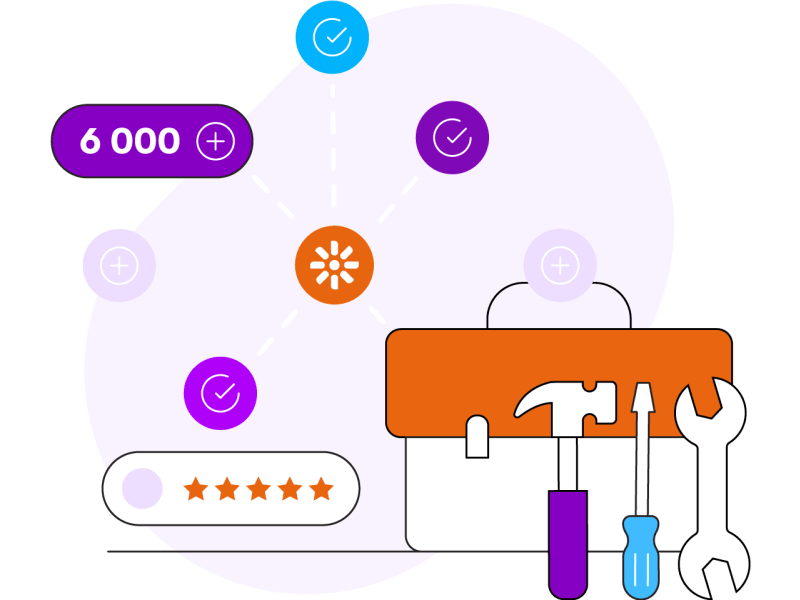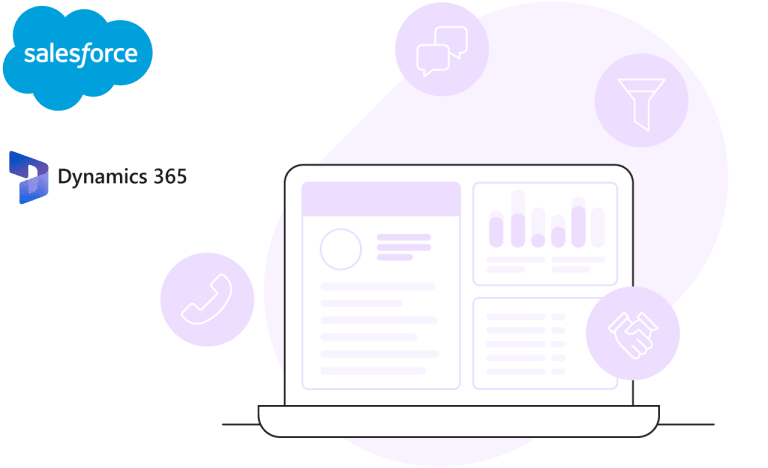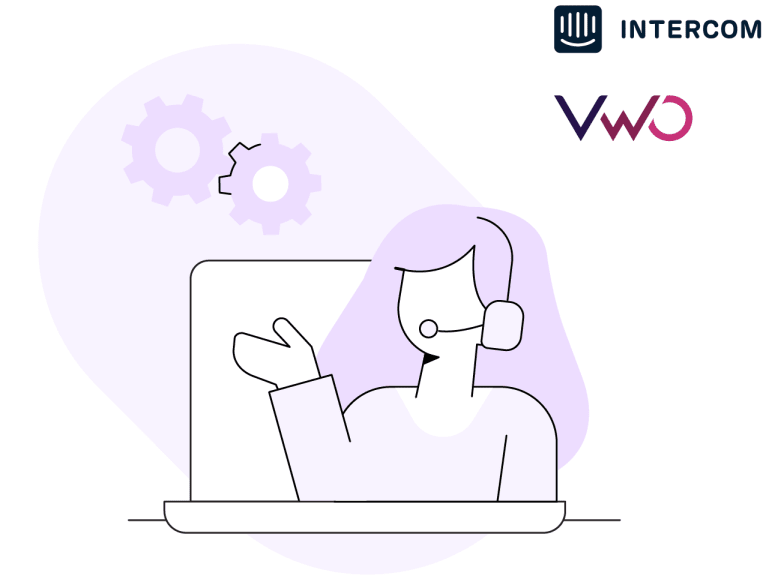Integrate Kentico into your company ecosystem
Don’t spend days trying to reinvent the wheel! Integrate Kentico's CMS platform seamlessly into your existing ecosystem with Shopify, Salesforce, and more. With our pre-built integrations for the most common technologies, you can plug-and-play from day one.
SEE THE INTEGRATIONSLearn more
Fit your DXP into your tech stack
Adding a new piece of technology into the existing system can be pretty gritty. But a digital experience platform (DXP) should be so flexible that it aligns perfectly with your existing processes and technologies. Even after an update. That’s why Kentico's headless CMS offer integrations with commerce platforms like Shopify and CRMs like Salesforce, ensuring that businesses can manage and deliver content effectively while meeting customer needs.
Synchronize leads with your CRM, sign in using SSO, plug in your analytics or tag manager. We build and test our own integrations and support them with 7-day bug-fixing policy. And when the out-of-the-box is not enough, take your platform, customize it, and extend as far as you like!
How it works
Kentico integrations are designed to save you time and money to get to the best ROI.
- Free plug-and-play integrations for the most common scenarios
- If you need a custom integration, our open-source starter kits make customization a breeze
- All integrations come with 7-day bug-fix policy and full support
- Additional 6 000+ other services available through Zapier connector with a friendly UI
- Extensive API layer which developers simply love


Integrating with third-party systems has never been easier!
With Xperience by Kentico, you can effortlessly integrate external identity providers for authentication like Azure Active Directory, or search providers such as Algolia and Azure AI Search. Kentico's commitment to providing detailed documentation and a 7-day bug-fixing policy ensures a seamless and reliable integration every time.
Out-of-the-box integrations

CRM
Synchronize leads and contacts between Kentico and your CRM. We have a pre-built MS Dynamics and Salesforce CMS integration ready to use and an open-source starter kit which can be easily connected to any other CRM out there. Get the CRM integration package.
- Out-of-the-box: Salesforce, MS Dynamics
- Starter kit for Hubspot CRM, Zoho CRM, Sugar CRM

Search
Help your users quickly find what they came for. Pick the search engine that fits your needs - from simple, fast and free Lucene search to robust, AI-powered enterprise solutions by Microsoft or Algolia.

Analytics and customer insights
Understanding user behavior is a marketer’s key to success. We have equipped Kentico with integrations to the most common analytics, tracking and tag management tools to get you the customer insights you need.
- Google Analytics
- Google Tag Manager
- Free heatmaps and recordings by Microsoft Clarity
- Tag manager package for custom user insights

Optimization and customer services
Meeting the needs of your customers gets you results. Find out what resonates with your customers and optimize your messaging with an integrated VWO optimization suite. The Intercom integration with live chat and customer services suite will help you quickly solve users' problems and increase their satisfaction. Get these integrations in our tag manager package.
- A/B testing by VWO
- Live chat and customer services by Intercom

Commerce
Easily set up your online store and start selling quickly. The Shopify integration with Kentico is an ideal solution for small to mid-sized ventures, providing immediate value with minimal configuration requirements for those looking for a fast ROI.
For customers upgrading from previous versions of Kentico, the integration with Kentico Xperience 13 offers a proven commerce engine with the full range of multichannel experience capabilities provided by Xperience by Kentico.
Many more integrations to fit your unique tech stack

Plus 6000+ connectors through Zapier automation platform
Sometimes, marketers need to build quick solutions without any developer at hand. With Xperience by Kentico, you can use the no-code Zapier integration and connect with 6000+ applications that can send data to or receive data from Kentico.

Robust API for endless customization
Developers always loved Kentico for an extensive API layer allowing any customization and integration. From extending administration interface to running custom code triggered by global events, the possibilities are endless.
Try Kentico
Beat the competition and start delivering results with the only digital experience platform that combines advanced capabilities, a short time to value, and ease of use.
